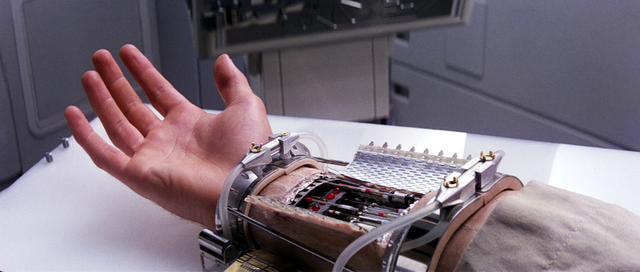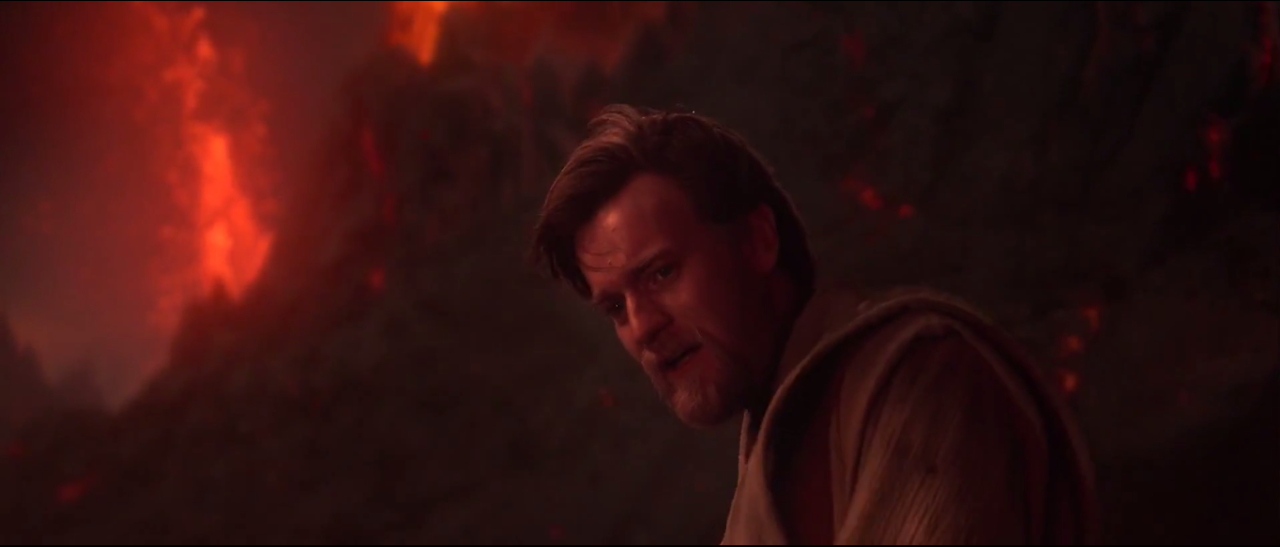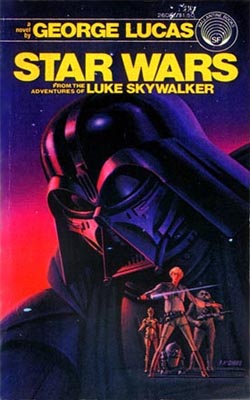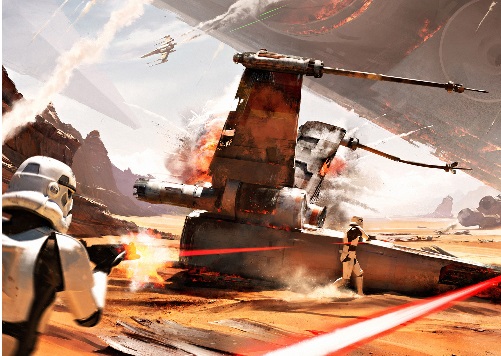
A while back, we did a discussion article on the initial teaser trailer for Rogue One. Now with the full story trailers unveiled, it’s time for a sequel as we adjust to two trailers, combining to be about five minutes, packed full of awesome imagery.
Part 1: The Death of Imperial Cool?
Ben: One thing that occurred to me watching the trailers is that this could well be the first real depiction of what the original trilogy only hinted at – life under Imperial rule. It might be said Rebels got a bit closer to that in its first series when Tarkin turned up, but by its target audience, it could only go so far. This film can go much further. The sense I get from the story trailers is the Empire slowly crushing the life out of the galaxy. It is quite simply dominating it into submission and the ultimate tool of that is the Death Star.
One thing the new material appears to have aimed at from the start is rendering the Empire both as more seductive, but also more brutal and far more irredeemable than its Legends counterpart. At the same time, Star Wars has always had a tendency to give its villains the best toys. Sure, the Rebels have their X-wings and the Falcon, but the Empire gets the Star Destroyers, TIEs and walkers. Divorced from what it is actually about, the Imperial aesthetic is designed to be both cool and intimidating – it sends an attractive message: Join us and you get to wear this and use these things.
What I wonder is if Rogue One will blow a large hole in this aesthetic of Imperial Cool by showing in far greater detail what the Empire is really about. Nowhere is that more emphasized in the trailer than in the way it goes about depicting the Death Star: so massive that just its laser dish eclipses Star Destroyers, while the thing itself can blot out the sun. There’s no explanation or justification for the Death Star, it is a form of technological malice without restraint. So in the wake of that, is the Empire still cool? Or are all its tricks to sucker people in revealed as the work of an insatiable predator? Read More


 Mike: Sometimes you can know something without really being conscious of it—and often you can be very much aware of something without fully grasping its implications. One such fact occurred to me recently: getting a new Star Wars film every year means that there is every reason to believe that we will also be getting one film novelization every year. In perpetuity.
Mike: Sometimes you can know something without really being conscious of it—and often you can be very much aware of something without fully grasping its implications. One such fact occurred to me recently: getting a new Star Wars film every year means that there is every reason to believe that we will also be getting one film novelization every year. In perpetuity.
